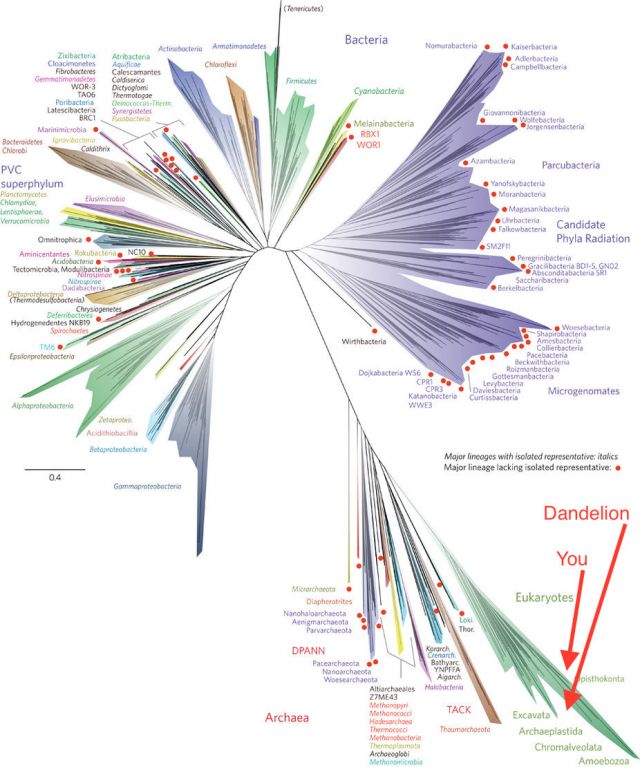Greetings–
I’m back, with some further reading for your enjoyment and edification (I hope!).
Have you ever heard of Wolbachia? If not, you have a wonderful surprise in store. It’s arguably the most successful symbiont on Earth, a species of bacteria that lives inside several million species of invertebrates. And it thrives in those hosts with weird manipulations of their reproduction. I’ve written about Wolbachia a few times in the past (here for example), and this week in the New York Times I revisit it to explore an exciting possibility: that Wolbachia could block mosquito-borne diseases including Zika and dengue fever. Check it out. Continue reading “Friday’s Elk, May 6, 2016”
